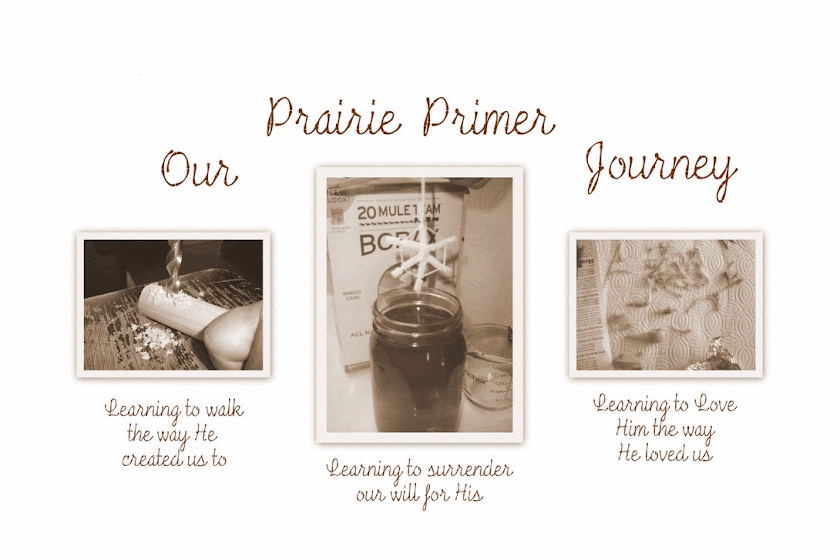The girls are learning how to care for a
a sprained ankle or wrist.
Here is a good video demonstrating how to
wrap a sprained ankle.
a sprained ankle or wrist.
Here is a good video demonstrating how to
wrap a sprained ankle.
and here is one for a sprained or twisted wrist
Did you know that there are several way to
treat sprains...
1) Find a position that the foot/wrist is comfortable and not creating pain, keep
the ankle/wrist in that position for about two minutes then ever so slowly
bring the ankle/wrist back into a normal position, if there is still pain then
move onto the next treatment.
2) Find the most painful spot of the injury and start by gently pressing
into it, continue to add pressure till the pain is almost unbearable, then
continue with the pressure on that spot until the pain is relieved or
about one minute, if this doesn't relieve the pain it is recommended
to see a Dr.
If these treatments were successful then they
would be followed by the third treatment.
If these treatments were successful then they
would be followed by the third treatment.
3) hot/cold water soaks. Soak the injury in
a tub of hot water for about 20-30 min then immerse the injury into
cold water for about a minute, continue this for up to two hours.
And then there is the wrapping for support as illustrated in the above
videos and the collage's below
This is AbbiYah practicing wrapping up YahChanna's
pretend ankle sprain
This is YahChanna wrapping up AbbiYah's pretent
wrist injury, both girls did a lovey job and
had lots of fun doing it!


















